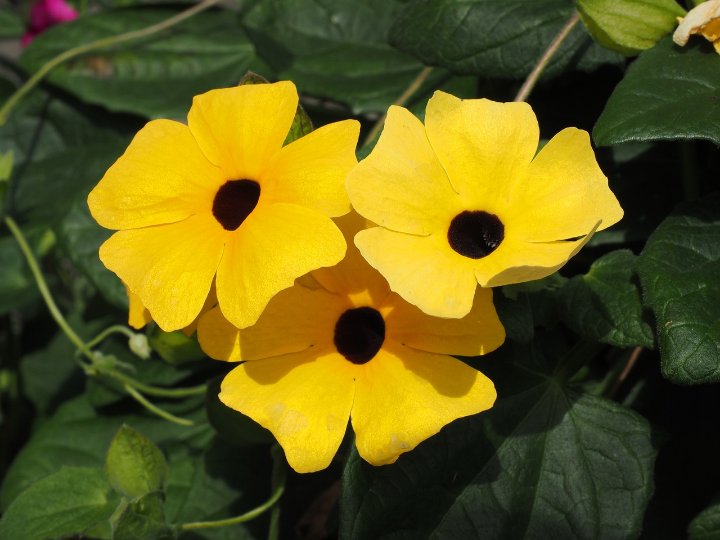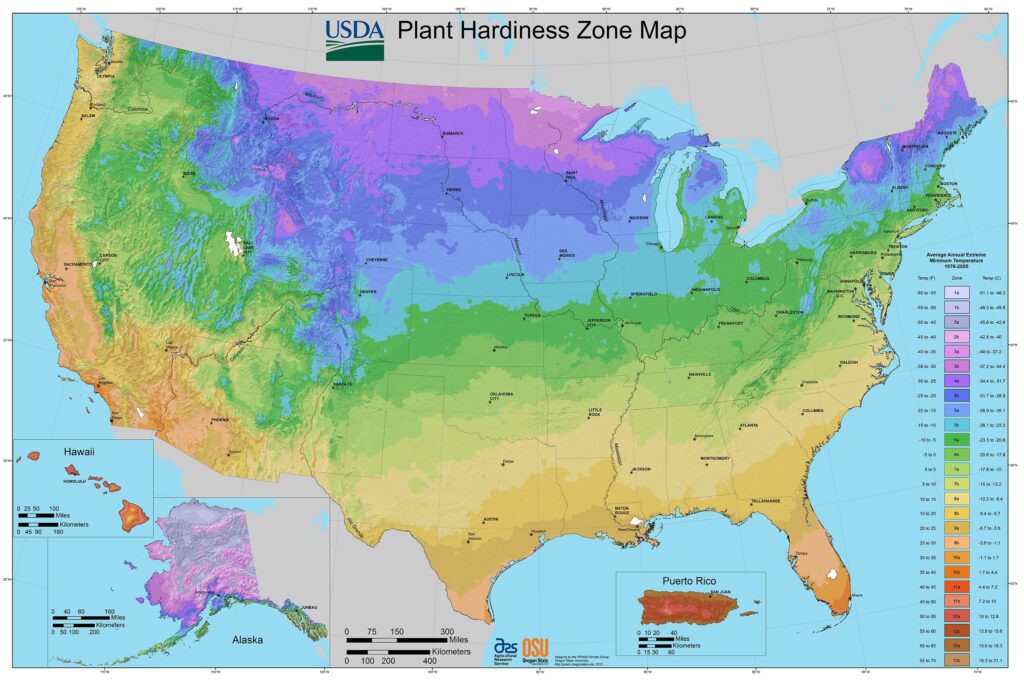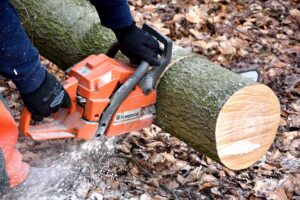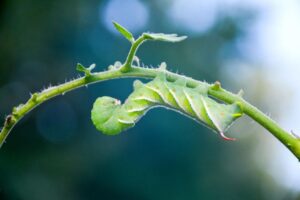Thunbergia, commonly known as Black-eyed Susan vine, is a delightful addition to any garden with its vibrant blooms and cascading foliage. If you’re eager to cultivate this charming vine, understanding its specific requirements and providing proper care are essential. Let’s explore the ins and outs of growing and caring for Thunbergia to ensure it thrives in your garden oasis.
Best Thunbergia Varieties
| Image | Name | Rating | Shop |
|---|---|---|---|
 | Thunbergia Black-Eyed Susan Vine |  | |
 | Yellow Thunbergia |  | |
 | Sunrise Surprise Black-Eyed Susan Seeds |  |
Thunbergia Hardiness Zones
Before diving into Thunbergia cultivation, it’s crucial to determine whether your area falls within its suitable hardiness zones. This vigorous vine thrives in USDA hardiness zones 10 to 11, where it can bask in the warm temperatures and mild climates that it favors.
How Much Sun Do Thunbergia Need
Thunbergia flourishes in locations with ample sunlight, making it ideal for gardens bathed in full or partial sun. Providing at least six hours of sunlight daily will encourage robust growth and profuse blooming, ensuring your Thunbergia vines display their stunning flowers to their fullest potential.
Thunbergia Soil Requirements
Preparing the right soil environment is crucial for the success of your Thunbergia plants. Aim for a loamy, nutrient-rich soil that offers excellent drainage to prevent waterlogging. Incorporating organic matter such as compost or well-rotted manure can enhance soil fertility and structure, creating an optimal growing medium for your Thunbergia vines.
Thunbergia Soil pH
Maintaining a neutral soil pH level is ideal for Thunbergia cultivation. Aim for a pH range of around 6.5 to 7.0 to ensure optimal nutrient availability and root health, allowing your plants to thrive and flourish.
Thunbergia Plant Spacing
When planting Thunbergia, provide ample space for its sprawling growth habit. Space the plants approximately 3 to 8 feet apart to allow them room to spread and climb. Proper spacing not only promotes better air circulation but also prevents overcrowding, reducing the risk of fungal diseases.
Thunbergia Water Requirements
While Thunbergia is relatively drought-tolerant once established, consistent moisture is essential, especially during the growing season. Aim to provide around 1 inch of water per week, ensuring the soil remains evenly moist but not waterlogged. Mulching around the base of the plant can help retain soil moisture and suppress weed growth.
Thunbergia Temperature Requirements
Thunbergia thrives in warm temperatures and sultry climates, making it an excellent choice for gardens in tropical and subtropical regions. Plant your Thunbergia vines in areas where temperatures remain consistently warm, ideally between 70°F to 80°F (21°C to 27°C), to promote vigorous growth and prolific flowering.
Thunbergia Humidity Requirements
While Thunbergia can tolerate a range of humidity levels, it generally prefers higher humidity over dry conditions. In regions with low humidity, consider regular misting or placing a humidifier near your plants to create a more favorable environment, ensuring they thrive and flourish.
Thunbergia Fertilizer Requirements
To support healthy growth and abundant flowering, consider fertilizing your Thunbergia vines every six weeks during the growing season. Choose a balanced fertilizer with equal parts nitrogen, phosphorus, and potassium, or opt for a formulation higher in phosphorus to encourage blooming. Avoid over-fertilization, as it can lead to excessive foliage growth at the expense of flowers.
Thunbergia Pests
Keep an eye out for common pests that may affect your Thunbergia vines, including whiteflies and spider mites. Regularly inspect your plants for signs of infestation, such as stippled leaves or fine webbing, and promptly treat affected areas with insecticidal soap or neem oil to control pest populations.
Thunbergia Diseases
While Thunbergia is relatively resistant to diseases, it may occasionally succumb to powdery mildew, especially in humid conditions. To prevent fungal issues, ensure proper air circulation around your plants, avoid overhead watering, and promptly remove any affected foliage. Applying a fungicidal spray preventatively can also help keep fungal diseases at bay.
By following these guidelines and providing attentive care, you can cultivate lush and vibrant Thunbergia vines that adorn your garden with their captivating blooms. With the right conditions and a little nurturing, your Thunbergia plants are sure to thrive and become a beloved focal point in your outdoor space.















